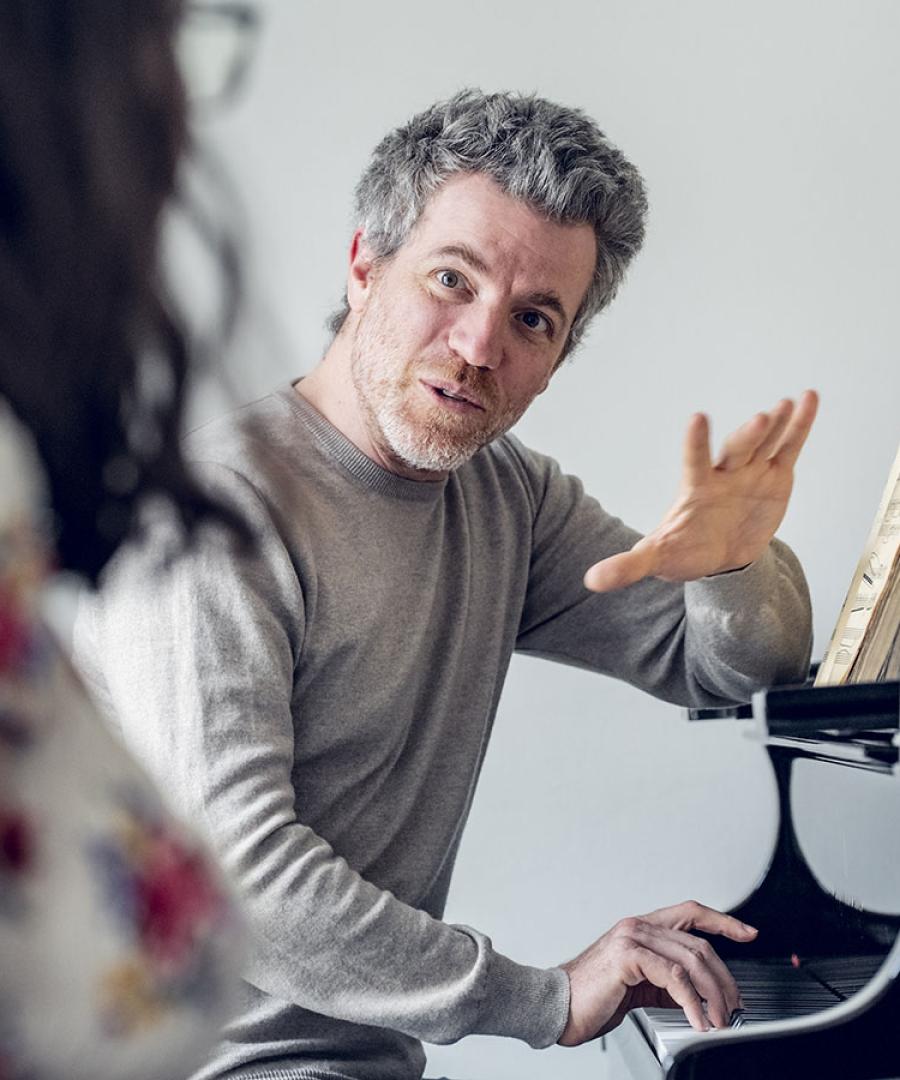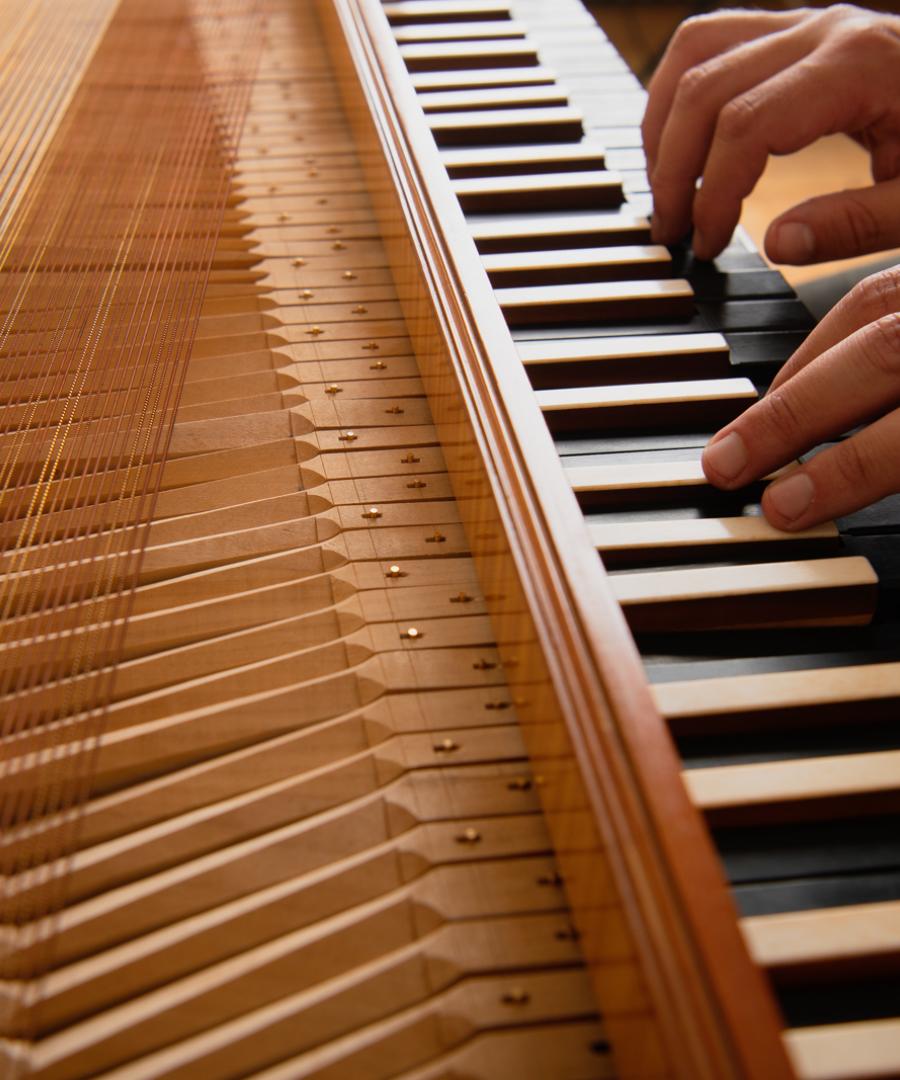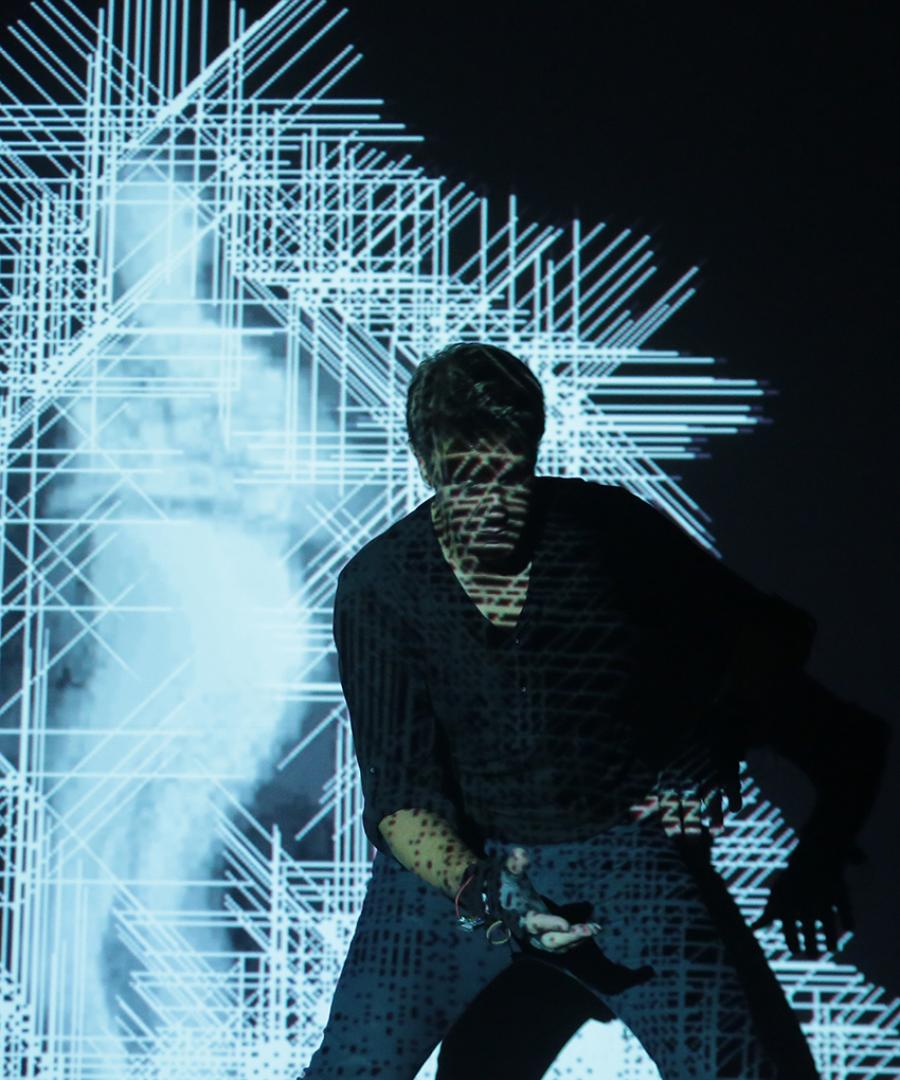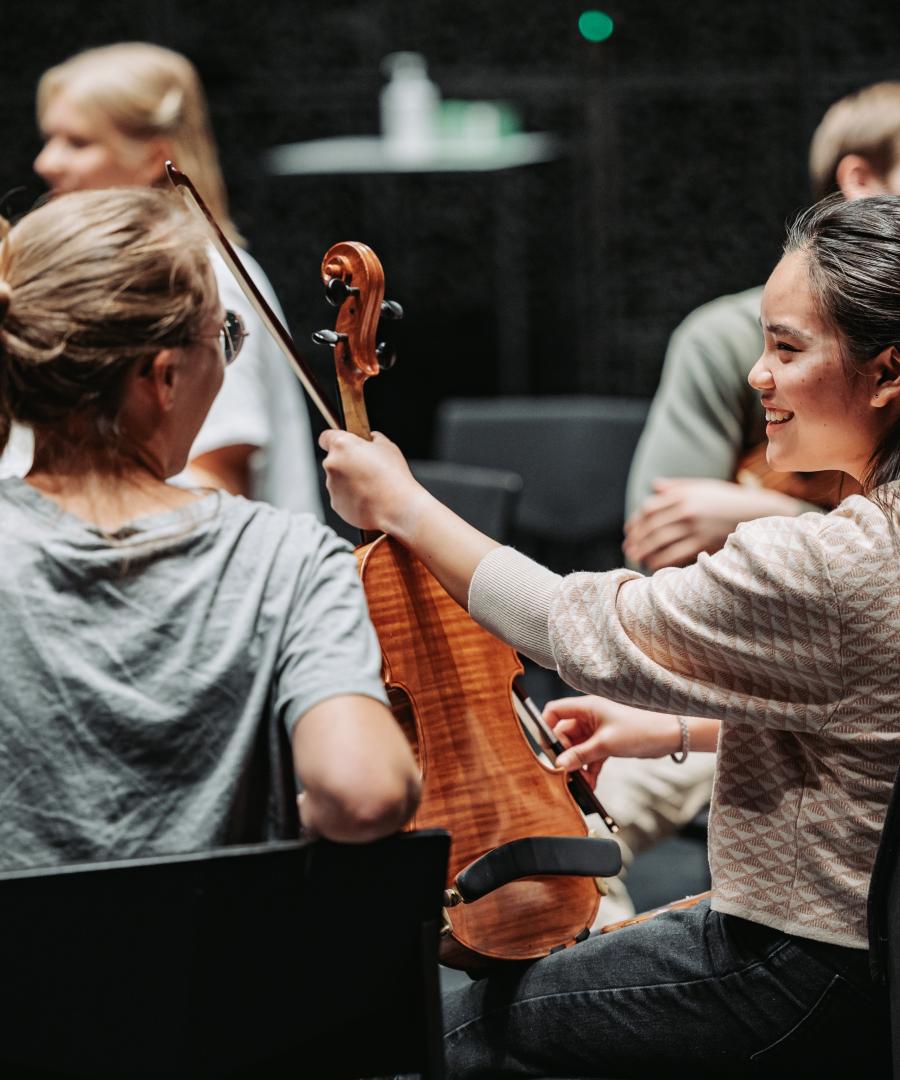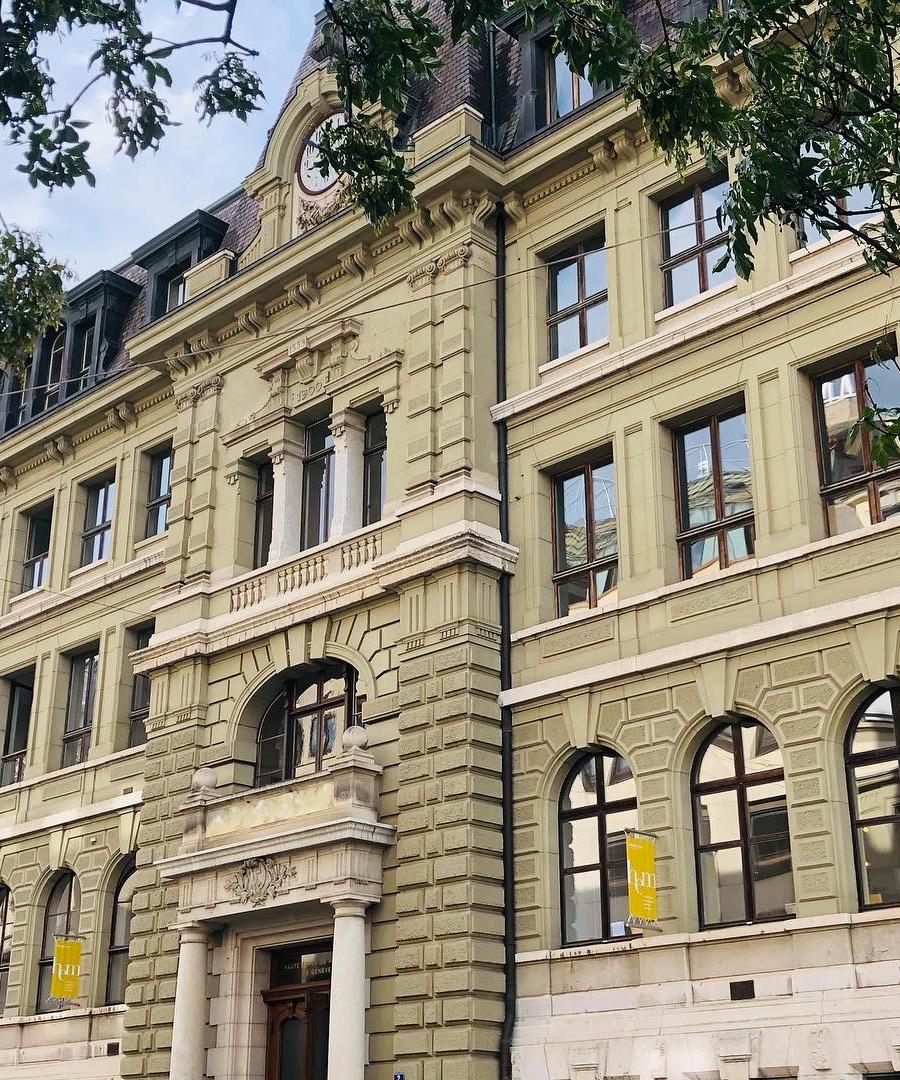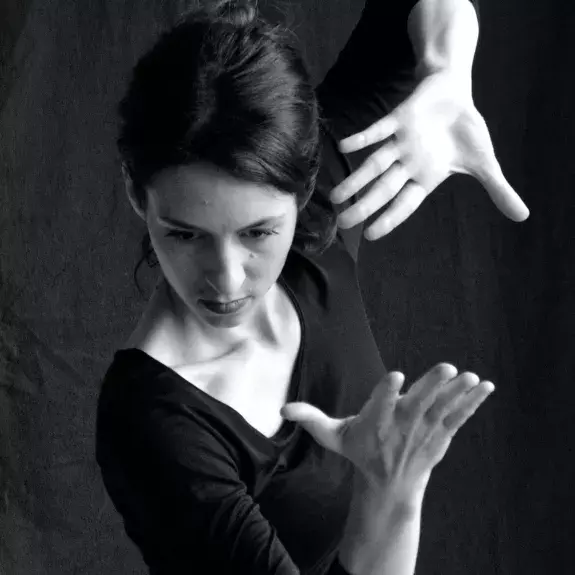- Studies
- Disciplines
- Research
- Events
- The school
Florence Jaccottet
Head of the Music and Movement Department - Rhythmician, teacher, movement artist
- Biography
Born in Lausanne in 1989, Florence Jaccottet is currently Head of the Music and Movement Department at the Geneva University of Music (HEM), where she has been teaching rhythm, movement technique and composition, and creative experimentation workshops since 2019.
A specialist in the Jaques-Dalcroze method, she has over 10 years' experience in teaching rhythm, acquired in particular at the Jaques-Dalcroze Institute, where she taught a variety of audiences for several years. Her teaching has been recognised with several awards, including a prize for excellence in music theory teaching and the Alethéia Foundation Prize for the creation of ‘Entrée en matières’ (2017), in collaboration with percussionist Michael Chapon.
Florence Jaccottet was trained from childhood in Jaques-Dalcroze eurhythmics at the Lausanne Conservatory. She also studied piano there in Helena Maffli's class, obtaining a Prize for Excellence in 2008. At the HEM Geneva, she pursued a Bachelor of Arts in Music and Movement (Marguerite Croptier Lange Teaching Prize, 2011), a Master of Arts in Jaques-Dalcroze Pedagogy (Jaques-Dalcroze Institute Prize, 2013), and then a Higher Diploma, obtained in 2019.
Alongside her teaching, Florence Jaccottet is developing artistic research focused on the musicality of improvised movement.
She has a particular interest in contemporary music repertoire, collaborations with composers, and performative and sound experiments. Placed at the heart of her artistic research, the expression of rhythm and musicality of movement through improvisation makes her dance a unique contemporary language.
Also active internationally, Florence Jaccottet is regularly invited to teach, notably in Seoul, Montreal and Beijing.
